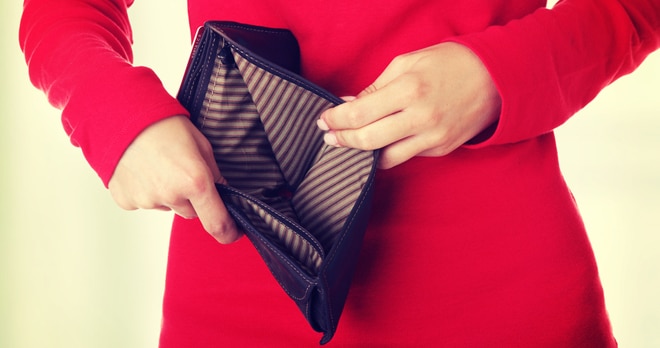New £5,000 bankruptcy threshold

The new threshold
Since 1986, it has been possible to petition for an individual’s bankruptcy if they owed £750 or more to a single creditor. In this context an individual is anybody either privately or in the course of business who incurs a debt that is not an incorporated company. A private individual trading with a business name is therefore treated as an “individual” for these purposes.
In 2015, £750 is worth a lot less than it was in 1986, and the threshold clearly needed updating, but is the new figure too high? The Insolvency Service have released a statement suggesting that their rationale for the new £5,000 threshold is to make sure that the figure is "futureproof" and will not need to be updated again in the near future just as practitioners and creditors are getting used to the new amount. However, for small and medium-sized businesses who often work with and offer credit to sole traders, £5,000 is a lot of money and not the sort of debt they want to see written off when it seems that the chances of getting paid are dwindling.
Alternatives to bankruptcy
So what are the options for creditors who are owed £4,999 or less from an individual creditor?
The Small Claims court is the first port of call for most money claims, dealing with all claims for £10,000 or less. Claims can be issued online and, if the debtor has no defence to the claim, except that they simply can’t afford to pay, the court should award the creditor judgment for the full amount claimed.
At that stage, the creditor will have judgment against the debtor and a “CCJ” will appear on their records. This will make it difficult for the debtor to get credit and can often be a sufficient deterrent resulting in payment after the claim is issued or shortly after judgment is awarded.
But what if the debtor still doesn’t pay and the judgment is less than £5,000?
Currently, the threat to the debtor is that the creditor will enforce the judgment by petitioning for his or her bankruptcy. Now, the creditor will need to consider alternative options including:
- obtaining a charging order against the debtor’s property
- obtaining a third party debt order or attachment of earnings order to receive a slice of the debtor’s income
- sending in the bailiffs to recover goods to the value of the debt.
All of these options will only be of any real value to the creditor if the debtor has any property or assets to share. If they are genuinely unable to afford to pay their debts as they fall due, but the debt is less than £5,000, many small business creditors will need to carefully consider whether the cost of obtaining and enforcing a judgment will be proportionate to the amount they stand to recover.